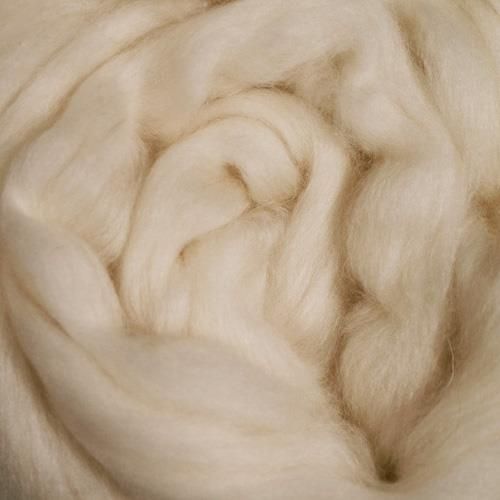Comprehending the Different Types of Cashmere an All-natural Fiber and Their Distinct Advantages

The Origins of Cashmere: A Historic Introduction
While the lavish touch of cashmere proceeds to charm modern customers, its origins map back to the rough, cool environments of Mongolia and the Himalayas. For centuries, the native peoples of these areas have actually been raising Capra Hircus goats, the prime source of cashmere woollen. These goats, resilient against the serious wintertimes, expanded a great undercoat to endure, which later came to be known as cashmere.

The Manufacturing Process: From Goat to Garment
Shearing a Capra Hircus goat notes the creation of the detailed cashmere manufacturing process. This fragile treatment usually occurs annually during spring. The fine, soft undercoat is after that separated from the coarser outer hair, a procedure called dehairing. The resultant raw cashmere is then cleaned to get rid of contaminations such as grease, dirt, and vegetable matter.
The clean fiber is subjected to coloring, rotating, and weaving, or knitting, to change it into a fabric. Facility procedures such as quality assurance checks and completing processes comply with, making certain the end item keeps the lavish requirement anticipated of cashmere. This painstaking process, from goat to garment, justifies the high expense affixed to cashmere products, making them a symbol of high-end and refinement.
The Numerous Sorts Of Cashmere: An Extensive Evaluation

The Unique Benefits of Cashmere: Comfort and Sustainability
Relocating from the selection of cashmere kinds to the benefits they provide, comfort and sustainability stick out plainly. check here Cashmere, an all-natural fiber, is renowned for its exceptional gentleness, providing a degree of comfort that artificial fibers can't match. The material's agility, yet impressive warmth retention, makes it optimal for all periods. Cashmere's all-natural flexibility permits it to return to its original shape, making it resistant to stretching or shrinking.
When it concerns sustainability, cashmere is eco-friendly and eco-friendly, as it's gathered from cashmere goats who regrow their layers annually. what is cashmere. Unlike synthetic fibers which can take centuries to disintegrate, cashmere's effect on the environment is marginal. This combination of comfort and sustainability makes cashmere a useful choice for conscious customers

Taking Care Of Your Cashmere: Upkeep and Preservation Tips
While cashmere is undoubtedly a glamorous and lasting selection, it calls for specific care to maintain its quality and extend its lifespan. To start, cashmere ought to be hand washed visite site using cold water and a mild detergent. Cashmere items ought to be kept in a completely dry and trendy area, away from straight sunlight and dampness.
Investing in Cashmere: Understanding Its Worth and Worth
Although cashmere may originally appear like an expensive financial investment, its long-term worth and worth become noticeable when you consider its amazing qualities. Recognized for its unparalleled soft qualities and warmth, cashmere is a costs all-natural fiber that exceeds other products. Investing in cashmere, consequently, is not just about current fashion patterns, yet regarding accepting a sustainable, durable, and luxurious way of living.
Final Thought
In recap, the kind of cashmere one selects, be it Mongolian, Chinese, or Italian, is determined by specific choices for heat, high-end, spending plan, and sustainability. The worth of cashmere expands beyond its price, with comfort and index durability contributing to its well worth. Correct care and maintenance can ensure its preservation. Understanding the origins, production procedure, and unique advantages of various kinds of cashmere can assist customers in their financial investment in this extravagant all-natural fiber.
Whether it's the exceptional heat of Mongolian cashmere, the cost of Chinese cashmere, or the eco-conscious production of Italian cashmere, there's a tale to be found behind each fiber type. Cashmere, an all-natural fiber, is renowned for its unequaled gentleness, offering a degree of comfort that synthetic fibers can not match.When it comes to sustainability, cashmere is eco-friendly and sustainable, as it's gathered from cashmere goats who regrow their coats each year. Recognized for its unparalleled softness and heat, cashmere is a premium all-natural fiber that outmatches various other products. Comprehending the origins, manufacturing process, and unique advantages of different kinds of cashmere can assist consumers in their investment in this lavish natural fiber.